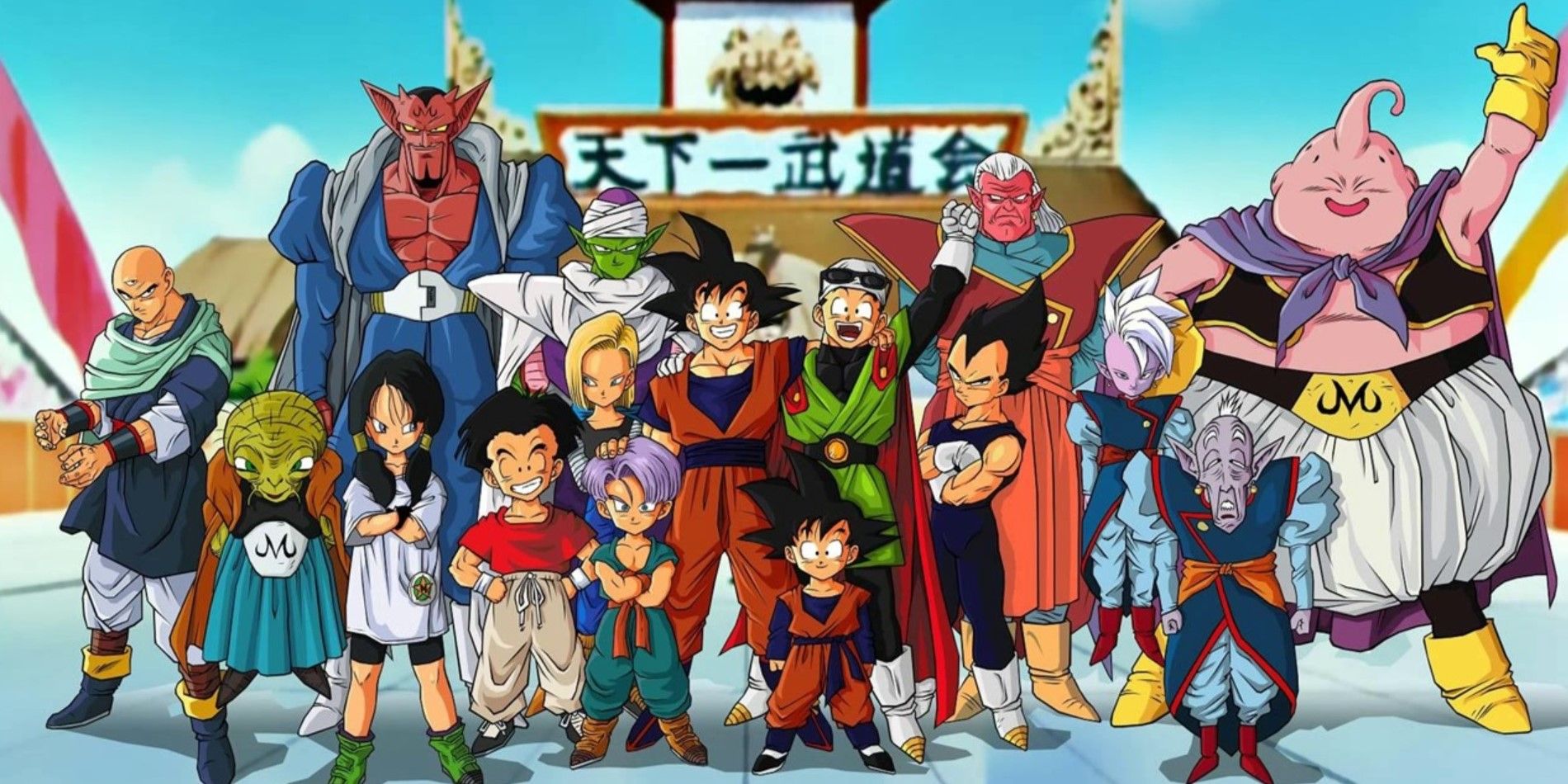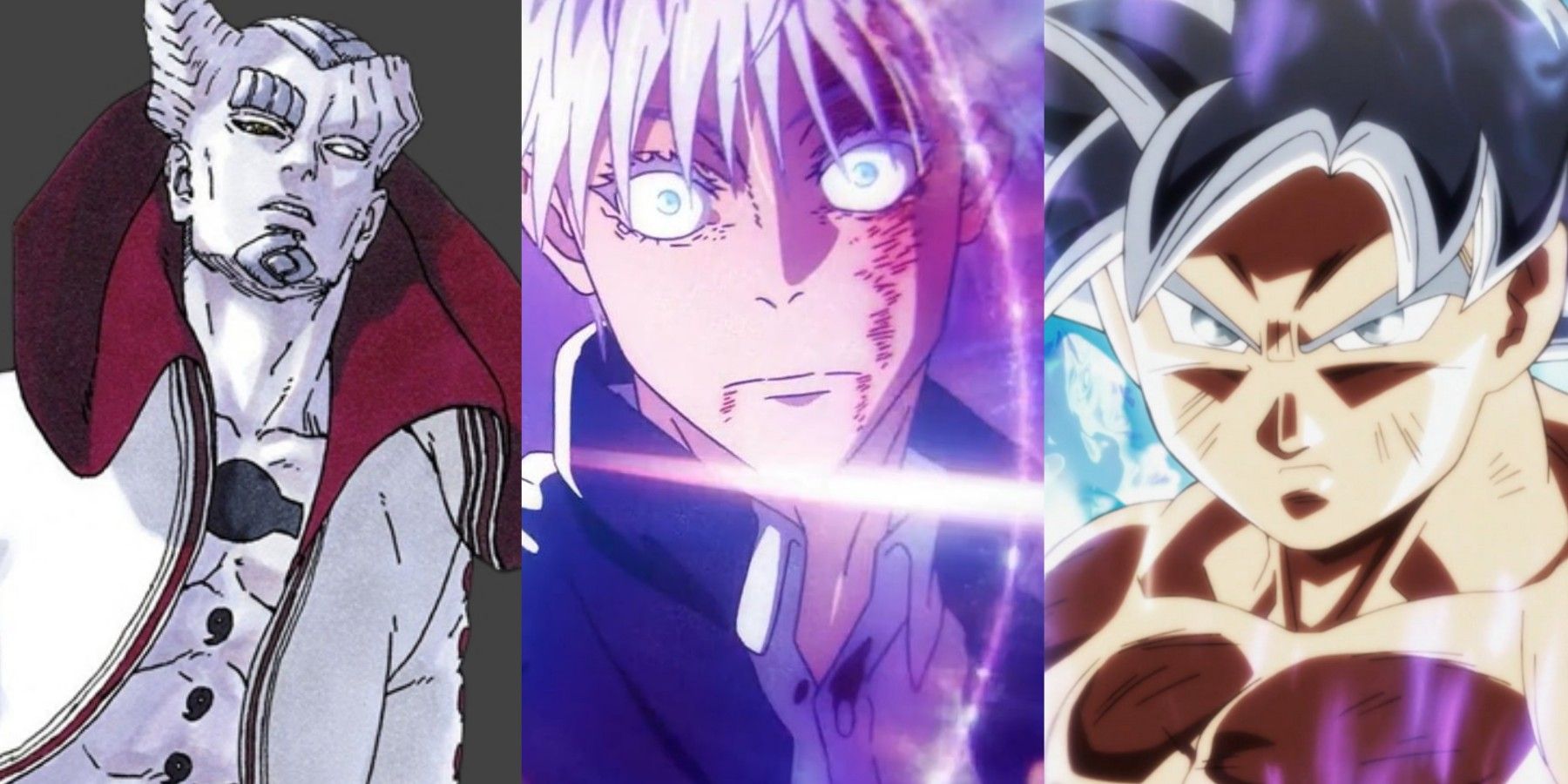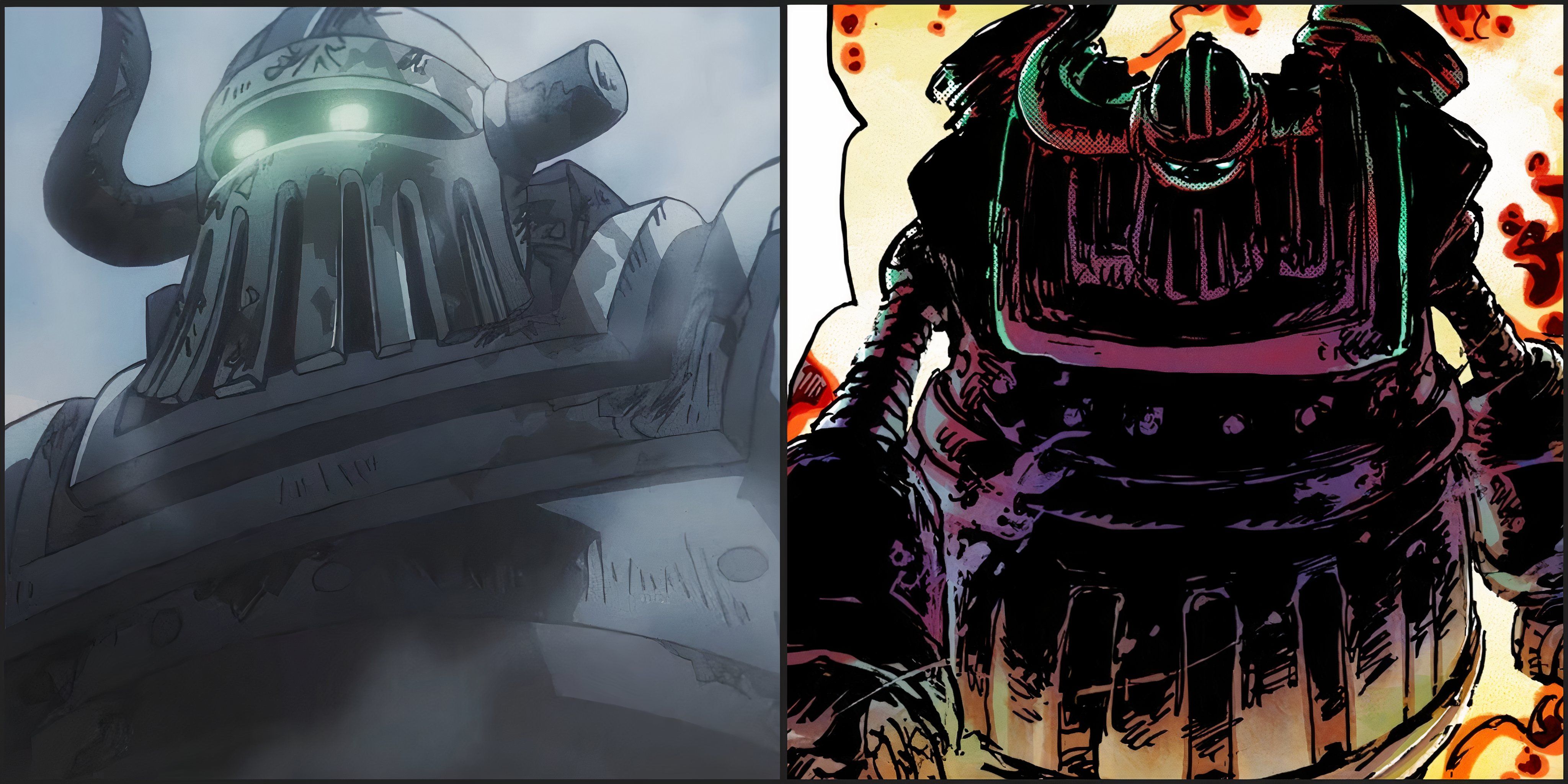Vinland Saga is a superb mix of fiction and history. The show premiered in 2019, introducing an interesting plot revolving around Thorfinn, a vengeance-seeking character with the objective of killing Askeladd – the man who murdered his father. Ironically, in the process of carrying out "revenge," Thorfinn joins Askeladd's crew, helping them execute some of their siege plans.
The season ended with Askeladd dying, leaving Thorfinn with no target to direct his malice at. Eventually, he sought to find "Vinland," the lustrous country he had only heard about in stories. Different parts of the season alluded to real-world history, making Vinland Saga such a great watch. However, there are different points where the story concocts its own story to spice up the series. So, to what extent does the series draw from the well of history?
Vinland Saga Characters
Vinland Sagapresents an interesting protagonist, Thorfinn, the son of Thors, who despite living in a small village, led a happy life until his father's death. Vinland Saga's Thorfinn is acutely similar to the real-world history of Thorfinn Karlsefini.
According to history, Thorfinn Karlsefini is the great-grandson of Thord Bjarnson and a native of the country of Iceland. His voyage to Vinland was kicked off by "Leif the Lucky," who shared stories of his adventures to the three coasts in North America, of which Vinland was part of. After hearing Leif’s tales, Thorfinn set out to locate Vinland, approximately around 1004 – 1010 AD. On the journey, they located Vinland, a lush island, and encountered the Native Americans. Weirdly familiar, isn't it?
In Vinland Saga, Makoto Yukimura designs the character Thorfinn differently, contrary to history's description. History never really shared details about Karlsefini's childhood but stated that he was a wealthy merchant at a young age. Furthermore, his anime father, Thors, an exceptionally-skilled warrior, was another fictional character.
However, it is reasonable to conclude that the character is based on Thord Horsehead, but the man had no exceptional feat tied to his name. Regardless, Makoto used the character to set great pacing for the story. Obviously, Leif from the anime is based on history's "Leif Erikson," popularly called "Leif the Lucky." Of all characters in Vinland Saga, Leif bears the most similarity to his counterpart in history. The anime paints the adventurer as a passionate explorer, similar to Leif Erikson, whose tales inspired Thorfinn Karselfini to explore the European continent for Vinland.
The Vikings
In the Movies & TV franchise, the plot of a good number of series covers the Vikings and some of their presumed mannerisms. However, Makoto Yukimura introduces the Vikings in his story in a different and interesting way. History portrays the Vikings, often referred to as Norsemen, as a group of seafaring warriors originating from Scandinavia. These violent warriors terrorized and managed to colonize different places in Europe within two centuries (9th to 11th century).
The lineages of the Vikings were mostly Danish, Sweden and Scandinavian. This violent group of warriors were actually farmers in their native homeland. But at sea, they were a pillaging group that laid waste to different settlements and reveled in their spoils and adventures.
On the other hand, Vinland Saga accurately takes viewers back to the era of these adventure-seeking individuals. Although understandably, the anime dilutes the violence of the Vikings, it still hosts a closely-accurate portrayal in certain ways. For one, the setting of the story and their Danish origins weren't overlooked. However, the anime exaggerates some details, such as their intense longing for Vahalla even in death.
Jomsvikings & The England-Denmark Comflict
Another critical detail the anime features is the Jomsvikings. According to history, the Jomsvikings were a different breed of powerful Vikings that worked as mercenaries during the era of the Vikings. Despite their strong faith in Norse gods & deities such as Odin and Thor, they were willing to put aside their beliefs to serve even as the Christendom errand boys for good pay. In other words, they were a different breed of Vikings – centered on finance as opposed to their pride-driven brethren.
Vinland Saga draws from the historical narrative and paints the Jomsvikings in a strikingly similar manner. In the anime, the Jomsvikings served as mercenaries for the King of England, and they were rightly portrayed as a battle-sound group. However, the anime concocts its tale in the leadership of the Jomsvikings. Historically speaking, Thorkell the Tall was the leader of the Jomsvikings, not Thors, Thorfinn's father.
Thors wasn't even connected to the Vikings; he was a character created solely by the Mangaka. Furthermore, since history didn't reveal too much about Thorkell's personality, the anime creates a superb and likable giant warrior, which served as one of Vinland Saga's interesting aspects.
History reveals the connections between Vikings and their native country Denmark. Denmark and England, at some point, were two opposing countries, constantly at loggerheads with one another. So, accordingly, the Vikings pillaged and raided parts of England during the reign of King Sweyn.
This anime replicates this event using the half-Danish warrior, Askeladd and his men who raided different parts of England. However, the anime deviates from the path of history by linking Canute, the crown prince of England, with Thorfinn. These two individuals never crossed paths in real life. Regardless, the anime puts the connection to good use and dishes out an entertaining story.
While Vinland Saga does a good job at replaying history, the deviations from history make the story's plot more interesting to watch. So instead of depicting a stick-to-boot history replay, Vinland Saga features a thrilling narrative dipped in historical events.




-3.jpg)
-2.jpg)
-13.jpg)
-13.jpg)